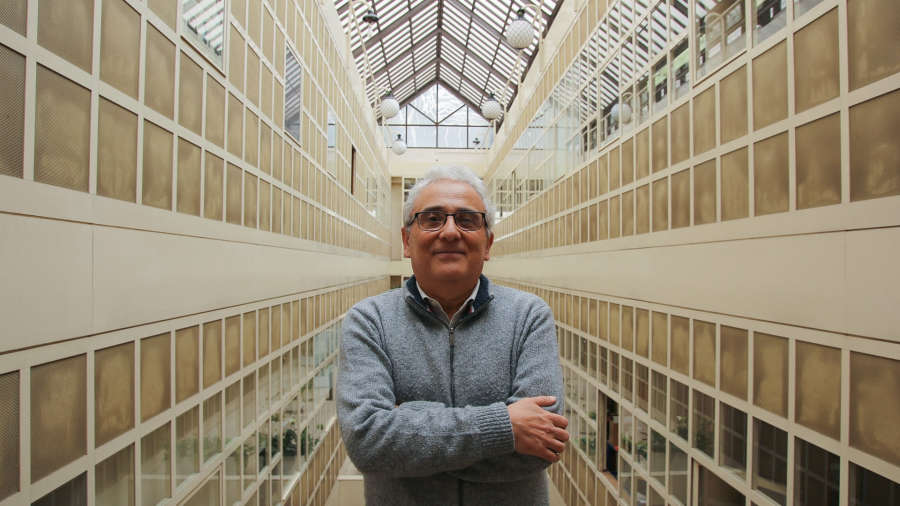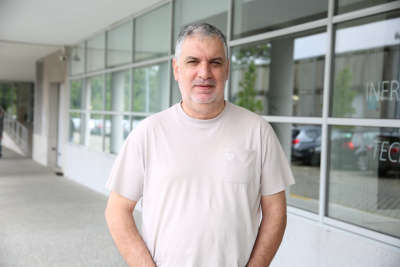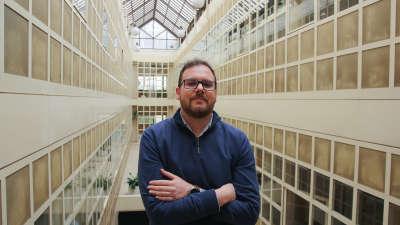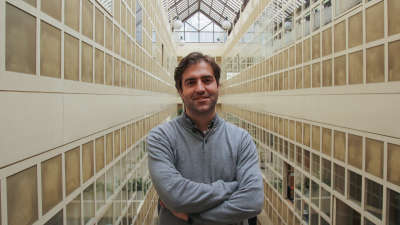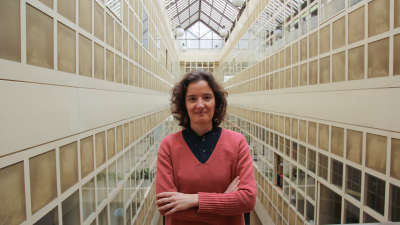Presentation
At CAP we perform R&D in applied photonics, principally focusing on optical fibre technology.
We are oriented towards applied research and development in optical fibre sources, optical fibre communication, optical fibre sensors and microfabrication (thin films and integrated optics).
Our group is always looking for opportunities for technology transfer to industrial companies using its specific competencies in optoelectronics and systems integration.










